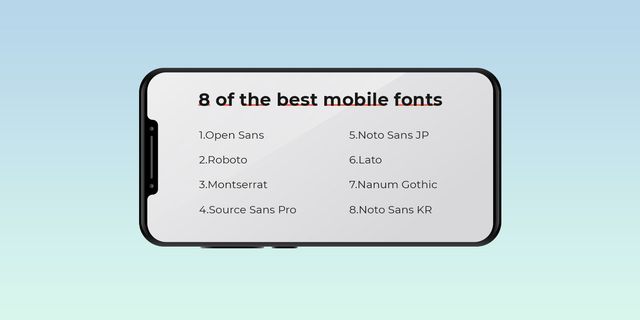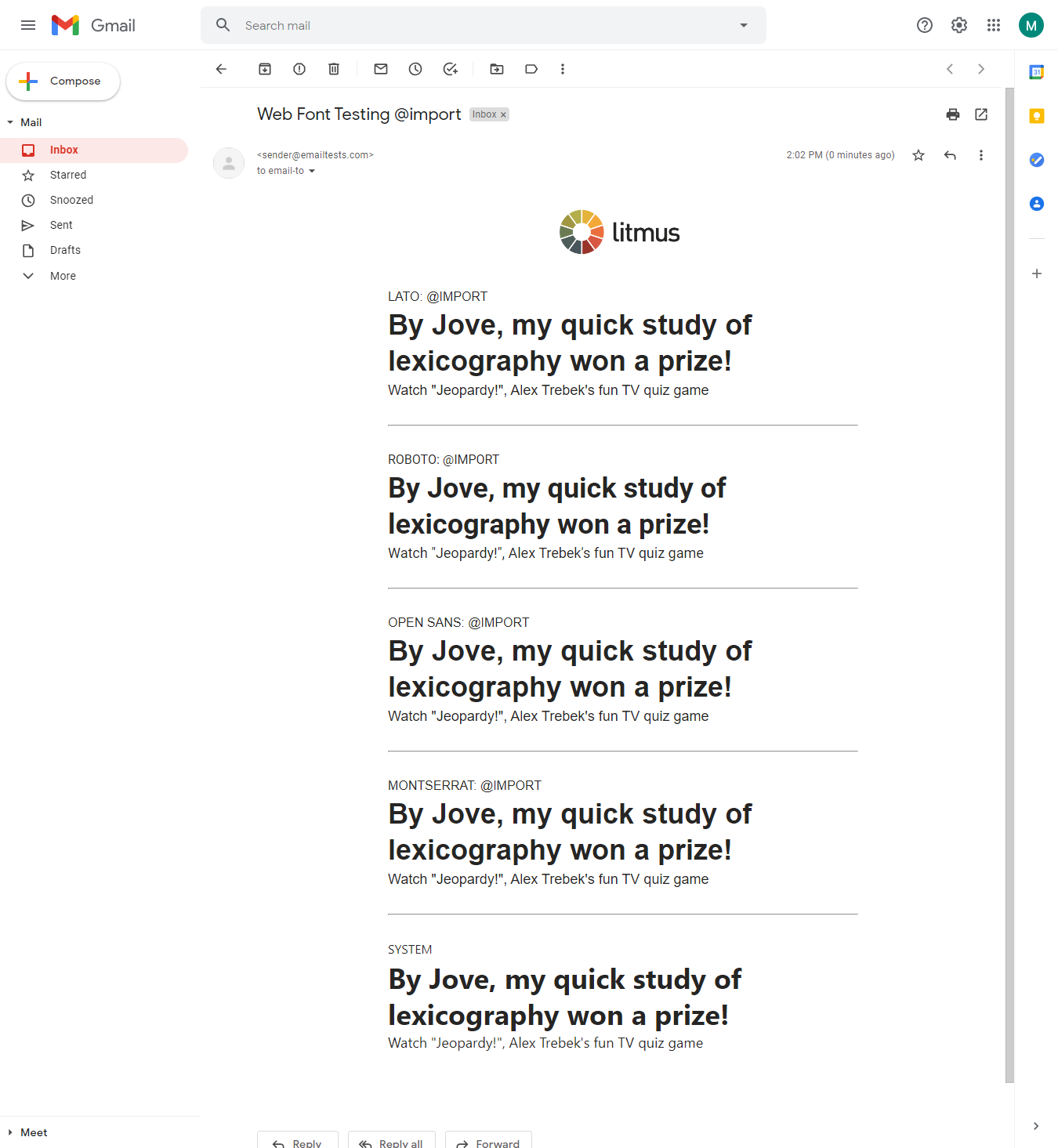

- #Ms gothic font screen rendering how to
- #Ms gothic font screen rendering mac os
- #Ms gothic font screen rendering mac
- #Ms gothic font screen rendering windows
These typographers are also often either the original typeface creator or people that work with the original designers.
#Ms gothic font screen rendering how to
Hinting decisions are made by typographers who are skilled knowing how to best represent a glyph on the medium. With hinting, decisions are made on how to best keep text contrast, maintain appropriate symmetry and keep consistency between characters. The scaling differences you note have no impact on readability in fact they are a decision related to hinting of the font. proportions must be reasonably maintained. Physiologically the eye needs sharp edges to most efficiently decode text and at the same time the character must maintain its essence, e.g.
#Ms gothic font screen rendering windows
I think as you look at the philosophical differences between Apple and Windows text rendering you need to first ask what is the purpose of text on the computer screen? Microsoft believes that the primary use of text on the screen is to read, and therefore the text must be designed and/or hinted for the best reading on that medium. Probably too late for Leopard or Vista SP1 though. James points to an article called Texts Rasterization Exposures that proposes a combination of using vertical hinting only and calculating horizontally to 256 levels and has some convincing screen-shots showing the benefits. I’d go further and say that Microsoft’s own aggression in sticking to the grid kills font choice at the regular reading size of 10/11 point by optimizing everything to a generic sans or serif look: Windows XP Nathaniel believes that it’s not Microsoft’s job to manipulate a typeface and that if you want on-screen readability then choose a font designed for that such as Microsoft’s own Tahoma or Apple’s Lucida Grande. George also claims that Vista’s rendering is improved, I can’t vouch for that one way or another but from looking at his screen shots the difference there could simply be the contrast level as adjusted by the ClearType tuner.
#Ms gothic font screen rendering mac
George thinks the philosophy idea is wrong because “What percentage of Mac users sit around all day doing nothing but pre-press work?” but as Fred points out Microsoft’s desktop-user optimized rendering ends up on images and videos all over the web, thus escaping the environment for which it was crippled. Thanks to Daring Fireball and ZDNet we’ve had a few more great comments which I’ve summarized here: Some additional comparisons and a note that the gamma differences between Windows and Mac will affect how you see the “other” systems rendering on your machine. It is a shame to misrepresent typefaces especially as the pixel-grid approach becomes less relevant as displays reach higher resolutions. Typography has a rich and interesting history developed and honed over centuries. The issue is reminiscent of the “I hate black bars on wide-screen films” brigade who believe that the film should be chopped, panned, scaled and otherwise distorted from the artists original intention simply so that it fits better on their display. How can you layout a page on-screen and expect the same result on the page when the font isn’t the same width? Neither of these may matter to a casual user but for professionals preparing material destined for high DPI (film or print) then it’s a world of difference. Windows scales the height and width but not the weight of the font.Windows does not scale fonts linearly as the rough line points out.The two thing to note here arising from this “pixel-grid is king” approach are


#Ms gothic font screen rendering mac os
Here is an example of Times New Roman on Windows (left) and Mac OS (right) scaled over whole point sizes with sub-pixel precision: What they don’t seem to appreciate is the compromise this causes.

Jeff and Joel both wrote follow up posts agreeing that it is one of philosophy but both are of the opinion that the Windows pixel-grid approach is the better whilst our displays are only capable of low dots-per-inch (DPI). The Mac with it’s design/DTP background is a much more accurate representation and scales more naturally than Windows which consequently jumps around a lot vertically. This means Windows looks sharper at the expense of not actually being a very accurate representation of the text. The primary difference is that Microsoft try to align everything to whole pixels vertically and sub-pixels horizontally.Īpple just scale the font naturally – sometimes it fits into whole pixels other times it doesn’t. Jeff Atwood asked What’s Wrong With Apple’s Font Rendering? and as I answered in the comments it comes down to philosophy: Font rendering philosophies of Windows & Mac OS Xġ3 June 2007 Apple Microsoft Typography macOS Windows


 0 kommentar(er)
0 kommentar(er)
